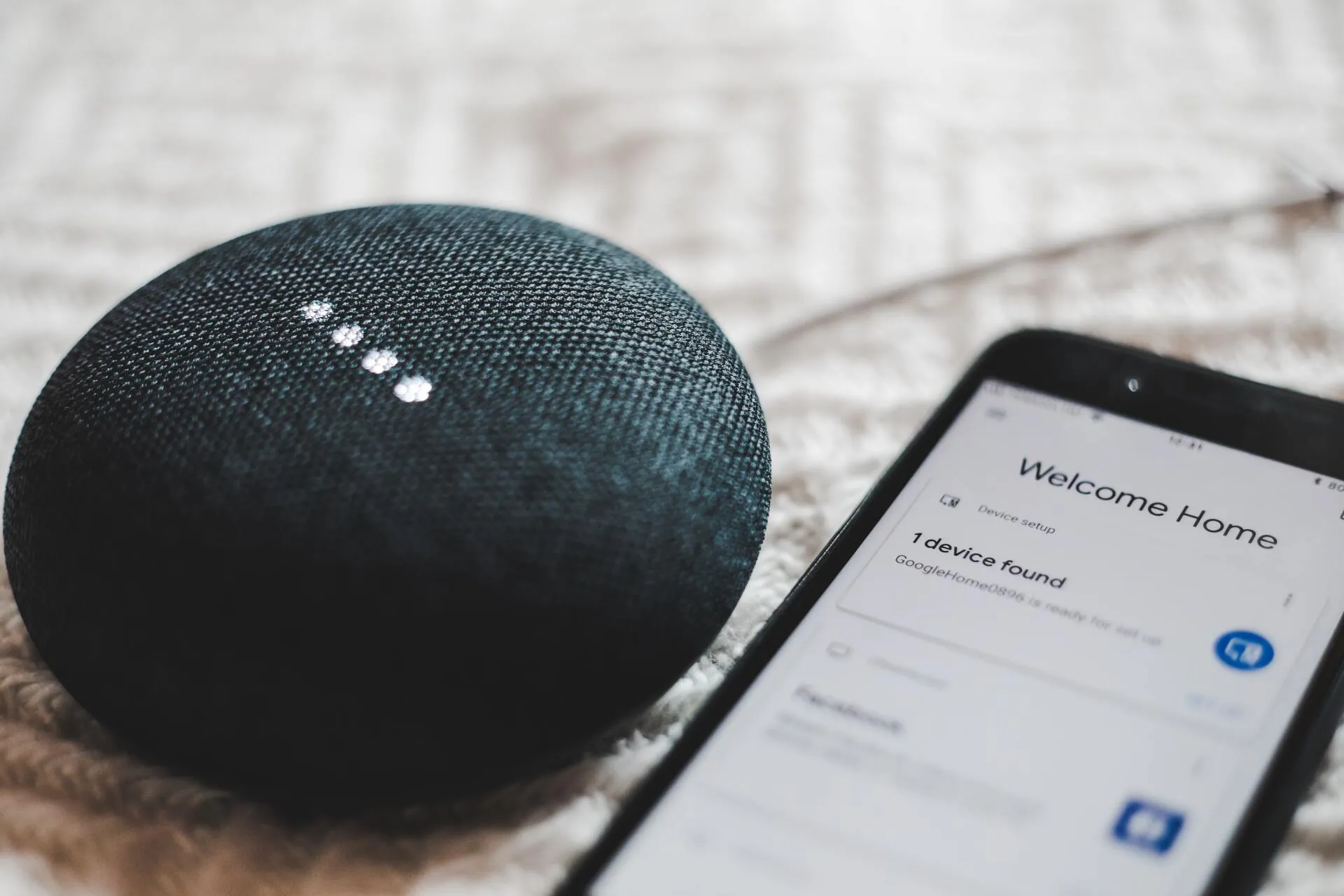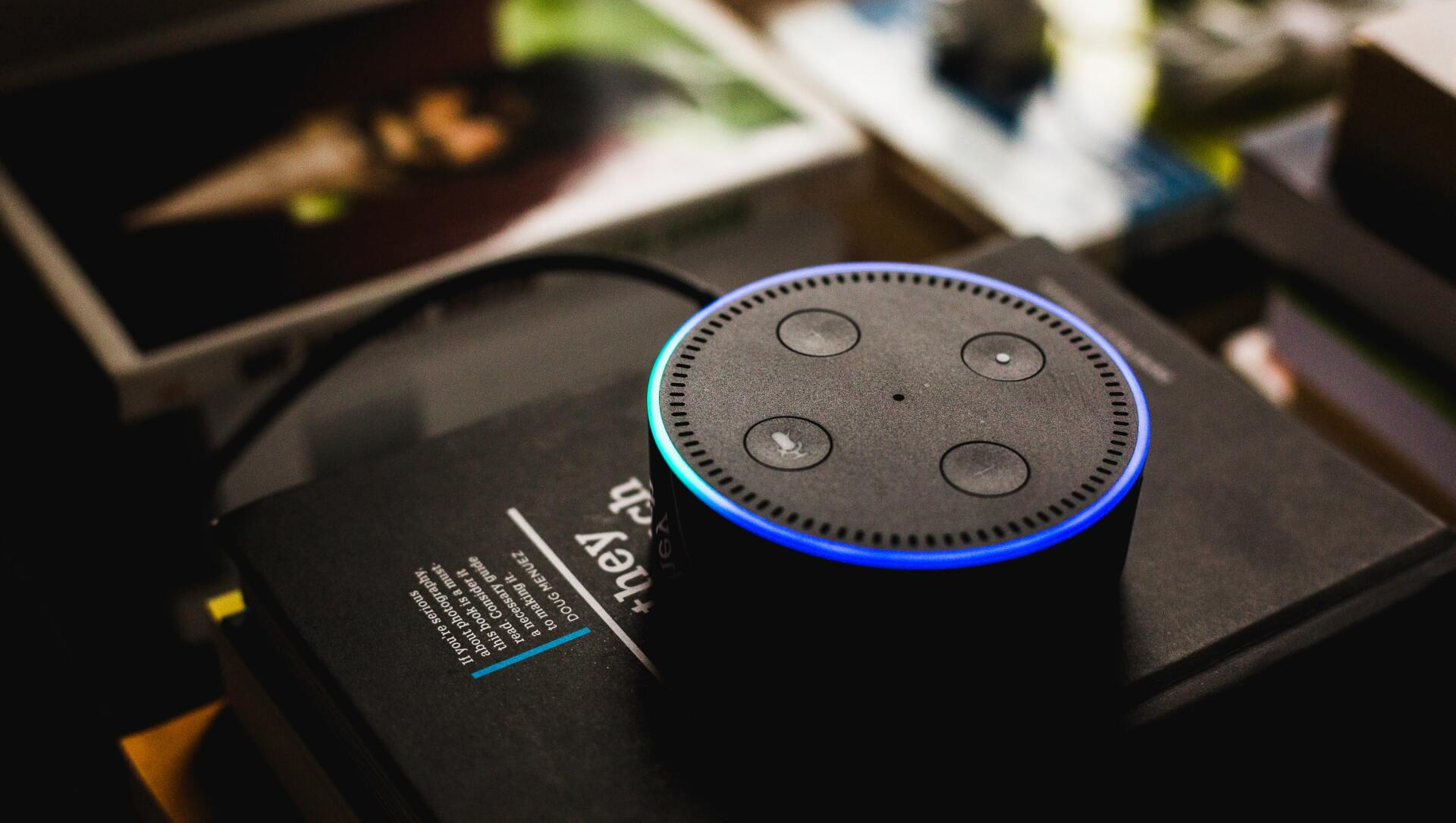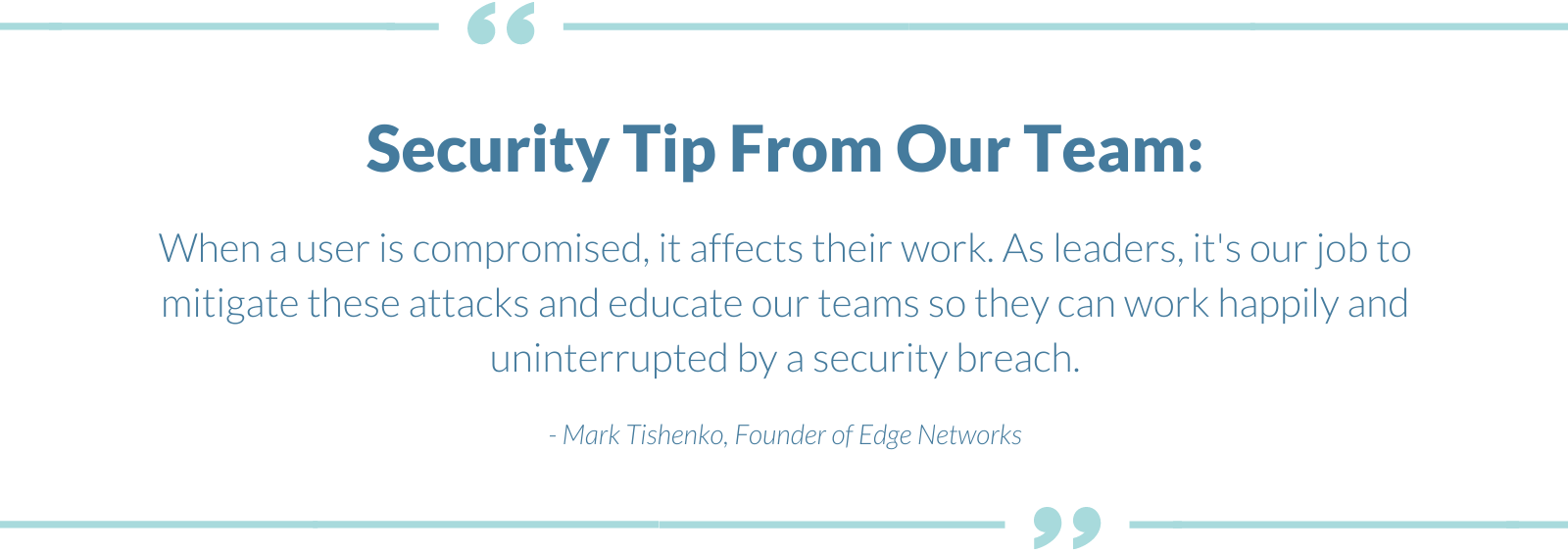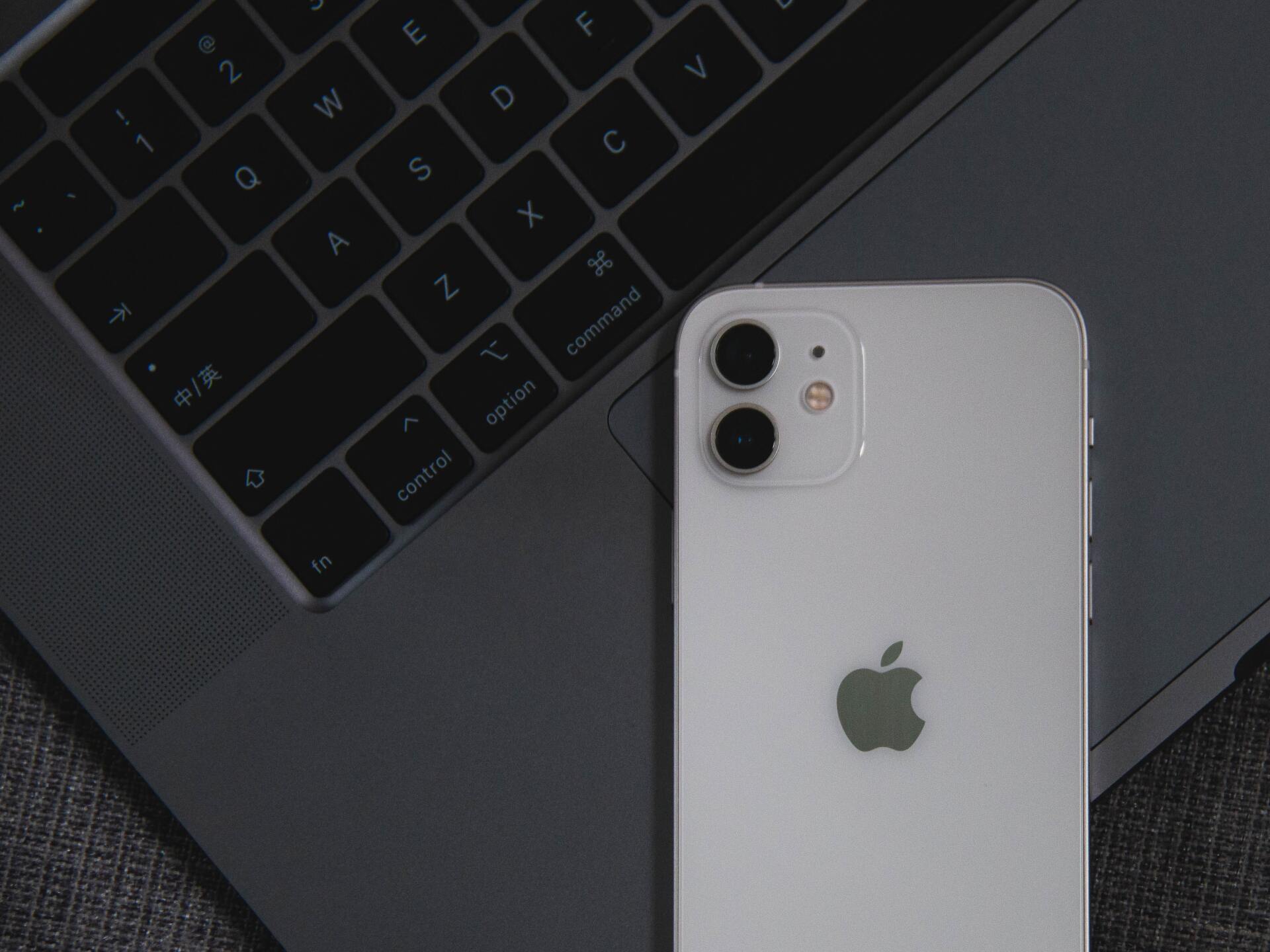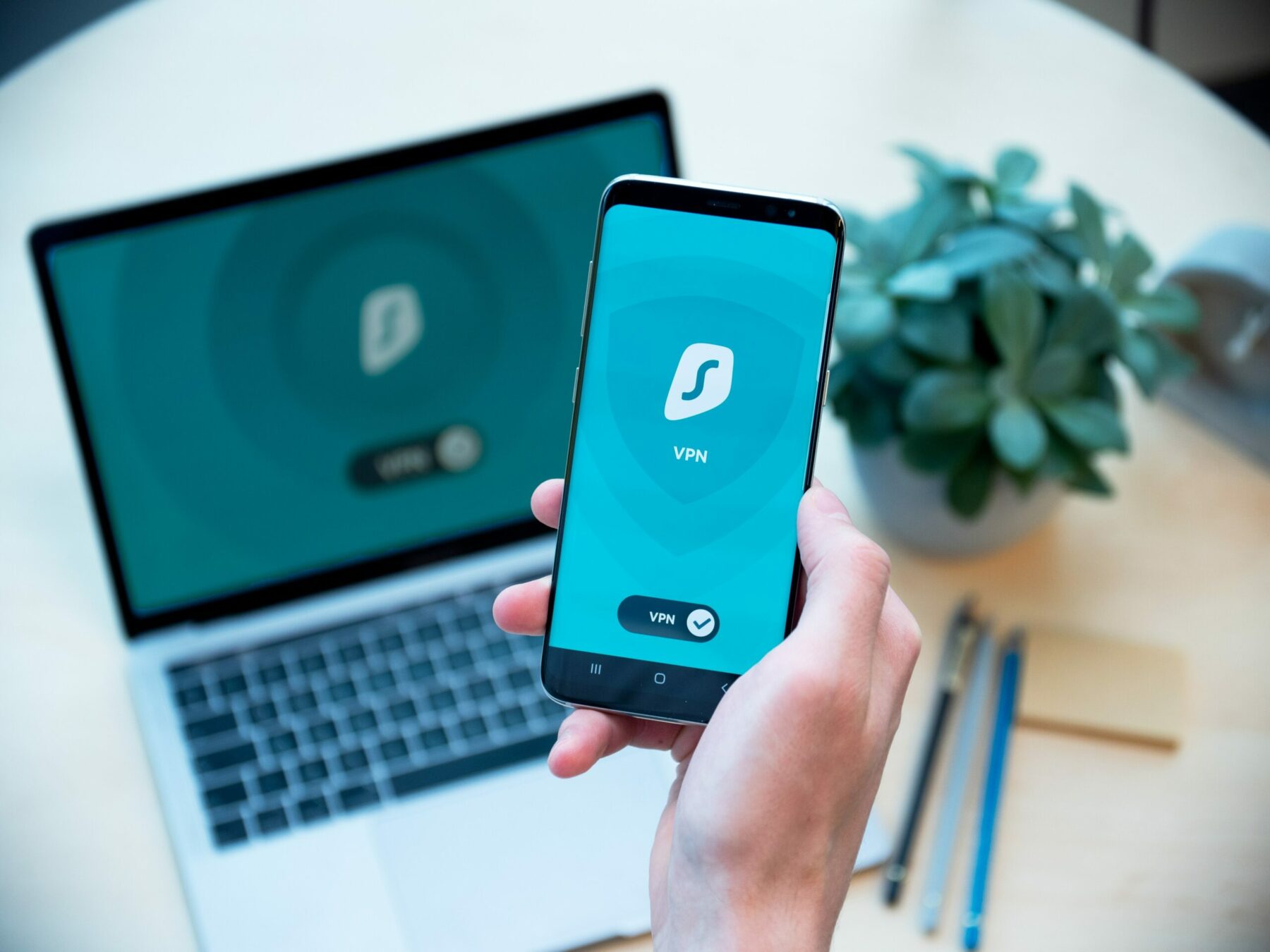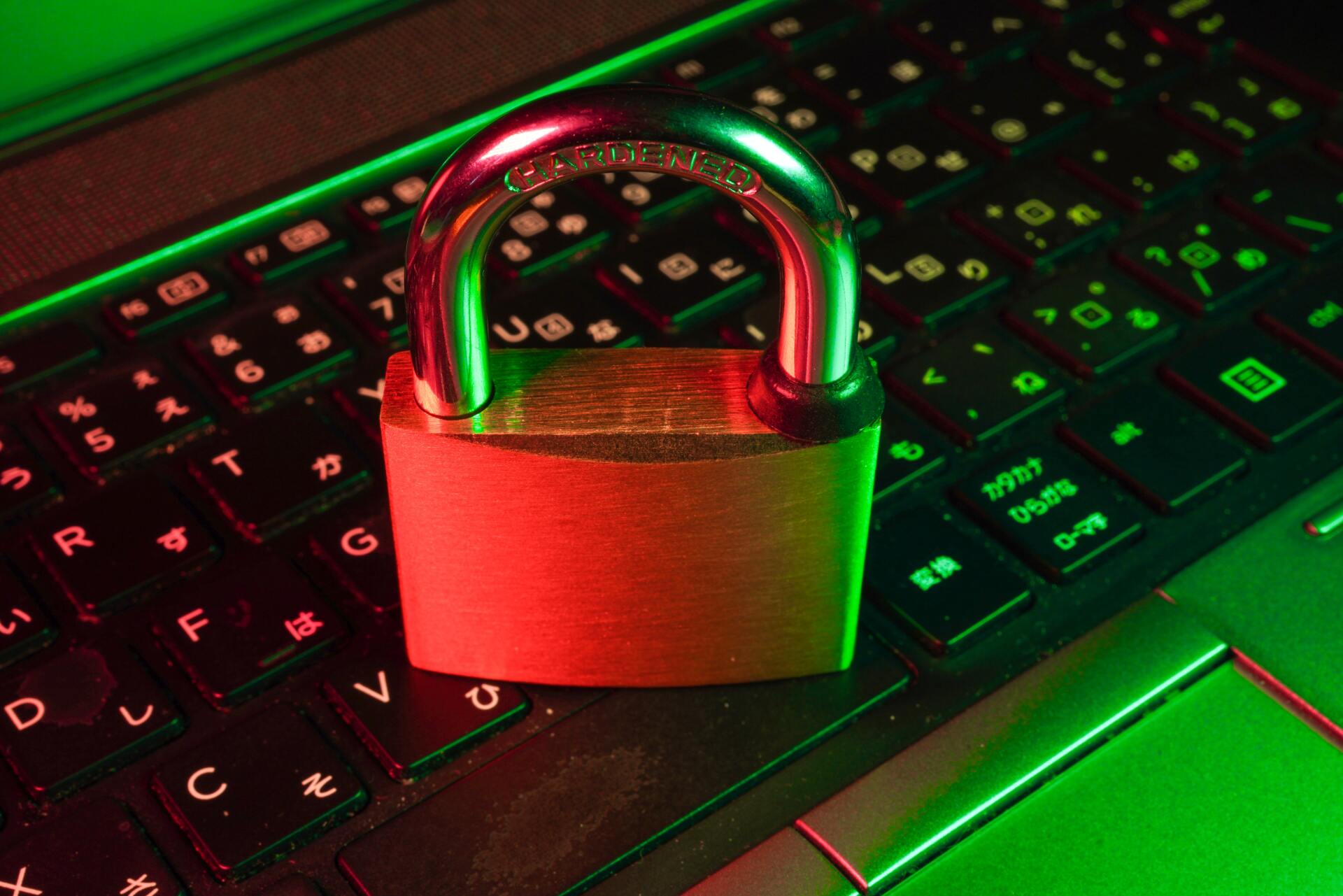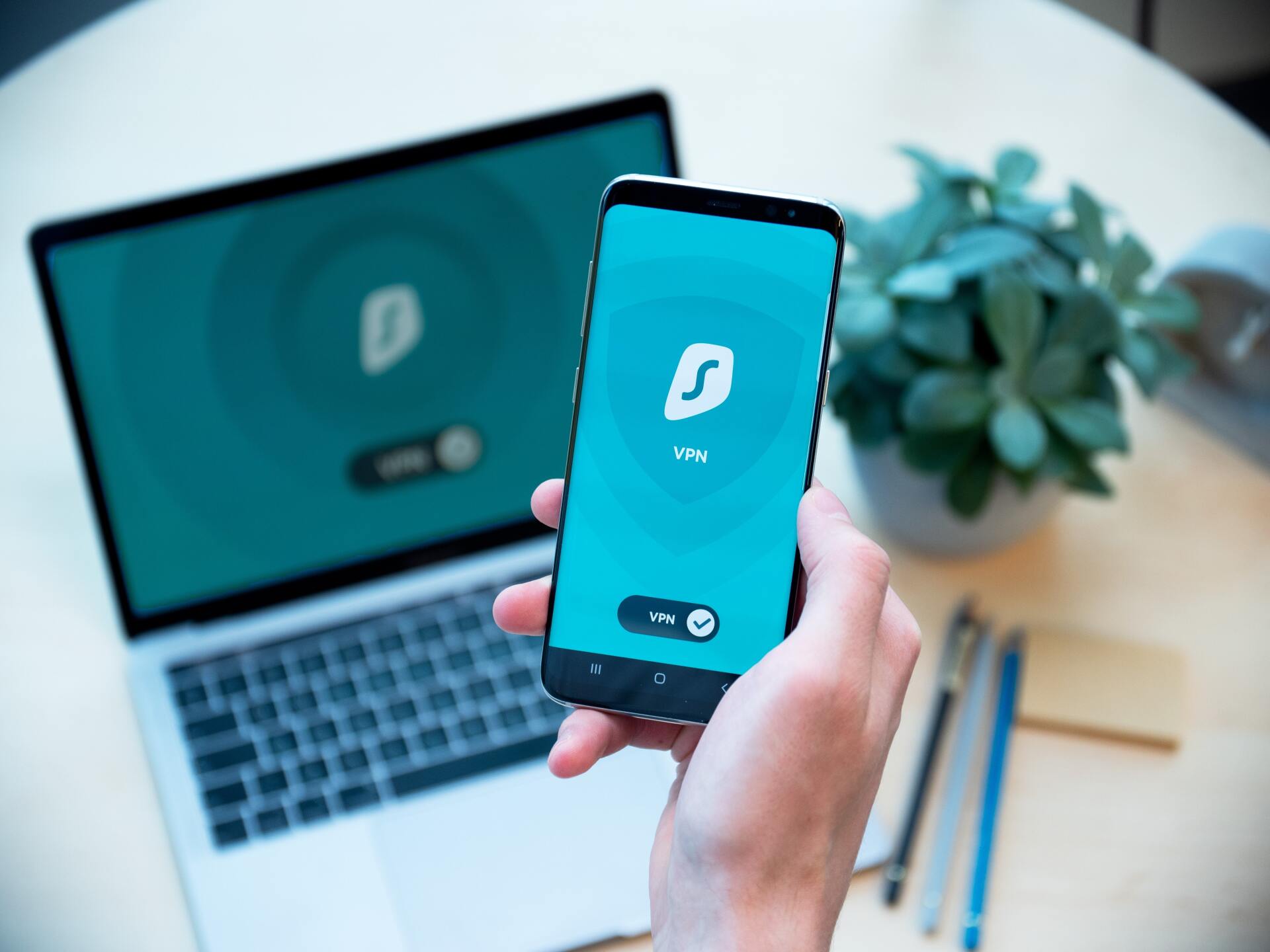
The History of Cyber and Cider
In October 2022, Edge Networks kicked off its first Cyber and Cider networking event right in the heart of Cybersecurity Awareness Month. It just made sense – an October cybersecurity event complemented by locally crafted cider. So, of course, we tracked down a local cider company, catered light bites, and put together a panel of cybersecurity experts for a panel discussion and networking event.
After a successful event, we decided to plan for round two the next year. This time, we knew we wanted to mix things up and put networking front and center.
Cyber and Cider 2023 Recap
On a crisp October evening in the heart of Portland, cybersecurity enthusiasts and professionals gathered at Portland Cider House for an event that seamlessly integrated cybersecurity, networking, and a touch of local flavor.
Cyber & Cider provided space for the local cybersecurity community to mingle and connect with like-minded individuals. Conversations flowed freely, ideas were exchanged, and relationships were built. The energy in the room was evidence that the cybersecurity network in the Portland metro area is thriving.
We recognize that the cybersecurity landscape is ever-changing, often daunting, and always critical. But within that landscape lies a tremendous opportunity to build connections that empower, educate, and protect our community. That’s why we are deeply committed to hosting events like this one.
Our vision for this event stemmed from a desire to build a resilient and dynamic cyber community. The Vancouver-Portland area is overflowing with potential, marked by innovative startups, tech-savvy individuals, and companies that are at the forefront of digital transformation. Cyber & Cider is designed to be a place where these various elements come together to strengthen our collective cybersecurity posture.

The Future of Cyber and CIder
We believe that by gathering local professionals and enthusiasts in a relaxed, approachable setting, we break down the barriers that often silo knowledge and experience. Cybersecurity is a field that thrives on shared information and collaborative problem-solving, and our event aims to facilitate these interactions. Through this, we want to create a ripple effect – one that not only elevates the cybersecurity readiness of individual attendees and their organizations but also enhances the safety and security of our wider community.
Furthermore, Cyber & Cider serves as a platform for showcasing the incredible talent and resources available right here in our backyard. It challenges the notion that one must look to Silicon Valley or other tech meccas for innovation and expertise. We have a booming tech landscape, and by highlighting local experts and companies, we reinforce the area’s status as a cybersecurity hub.
In hosting Cyber & Cider, we are nurturing a community where novices can learn from seasoned professionals, organizations can find their next cybersecurity solution, and where everyone can enjoy the camaraderie that comes from shared challenges and triumphs. This event is more than just an annual gathering; it’s a cornerstone in building a cybersecurity ecosystem that’s robust, inclusive, and distinctly Pacific Northwest.
A Heartfelt Thank-You
None of this would have been possible without the generous support of our sponsors. Sumo Logic, Gage Technologies, and the Technology Association of Oregon played pivotal roles in making Cyber & Cider a resounding success. Their dedication to the cybersecurity community is evident in the knowledge and resources they provided, contributing significantly to the event’s impact.
Cyber & Cider was a great reminder of the thriving cybersecurity community in the Portland metro area and emphasized the importance of collaboration and continuous learning in the ever-evolving field of cybersecurity.
We’re so grateful for the unwavering dedication and tireless efforts of our exceptional team in putting this event on. From the initial brainstorming sessions to the final moments of the event, their commitment and hard work played a key role in making this event a success.
Stay Tuned for Future Events!
In the coming months, you can expect even more engaging, interactive, and informative events from us at Edge Networks that will further strengthen the cybersecurity community in the Portland-metro area. If you’re interested in getting notified about our future events, we invite you to sign up for our monthly newsletter below and follow us on LinkedIn to stay updated on upcoming events and what’s happening at Edge.















